Yi-Tao Bagua History: Second Stage - Application
Dive into the captivating history of Yi-Tao Bagua. Explore its application phase from Fu Xi's time to the Zhou Dynasty, covering intriguing epochs of Xia, Shang, and Zhou. Start this fascinating journey today!

A fascinating phase in the evolution of Yi-Tao Bagua is its application through different historical periods. From Fu Xi's establishment of the Bagua until the Zhou Dynasty, the Bagua found practical use in the Xia, Shang, and Zhou dynasties.
Interpreting the Universal Code: An Introduction to the Bagua
Origins rooted in ancient China, the Bagua, or Pakua, is a profound symbol set that has carved its distinct identity in Taoist cosmology. Composed of eight interrelated symbols, the Bagua serves as a metaphorical compass to navigate the fundamental principles of the universe.
Each symbol within the Bagua is uniquely represented by three lines, which could either be "broken" or "unbroken". These lines embody the universal concepts of yin and yang, the two complementary forces that shape reality. Thanks to this tripartite configuration, these symbols are often referred to as the "Eight Trigrams" in English.
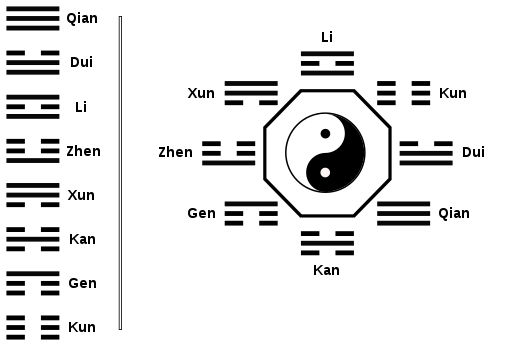
The Bagua's reach extends beyond mere symbolism, permeating various facets of Chinese philosophy and culture. Its influence can be observed in the realms of Taiji philosophy, Taijiquan, and the Wuxing, colloquially known as the "five elements".
These trigrams, in their myriad forms, echo resonances across a plethora of disciplines, including but not limited to astronomy, astrology, geography, geomancy, anatomy, family dynamics, martial arts, and Chinese medicine. This reveals the depth and versatility of the Bagua's practical application.
Notably, the I Ching (Yi Jing), a revered ancient Chinese text, further expands upon the Bagua through 64 hexagrams. Each hexagram represents a unique permutation of pairing the trigrams, and the text elucidates each one's significance, embodying the Bagua's philosophical depth and richness.
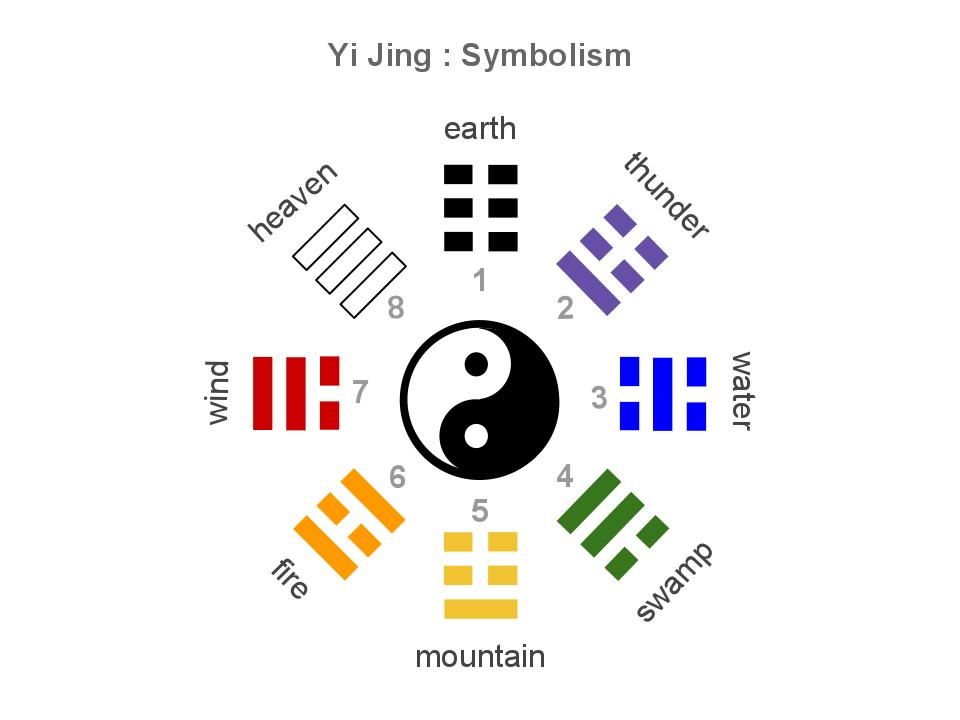
Historical Progression of Yi-Tao Bagua: From Fu Xi to the Zhou Dynasty
From the time Bagua was established by Fu Xi until the Zhou Dynasty, it entered the application phase. The most important historical periods during this stage are the Xia, Shang, and Zhou dynasties, as the conditions prior to these eras are very difficult to ascertain.
In the Xia Dynasty, Yi-Tao Bagua was referred to as "Lian Shan", evolving to "Gui Zang" during the Shang Dynasty, and finally known as "Zhou Yi" in the Zhou Dynasty. The historical narrative asserts that both "Lian Shan" and "Gui Zang" faded into obscurity during the Han Dynasty (206 BC-220 AD), leaving "Zhou Yi" as the sole survivor of these ancient conceptual interpretations.

A Study of Contrasts: The Duality of Earlier Heaven and Later Heaven Bagua
Understanding the interconnectedness of the Bagua requires the exploration of its two distinct arrangements:
- Xian Tian Bagua (先天八卦): The Primordial Bagua, also known as "Earlier Heaven" or the "Fu Xi" Bagua, and
- Hou Tian Bagua (後天八卦): The Manifested Bagua, referred to as "Later Heaven" or the "King Wen" Bagua.
Whether it's Fu Xi's Bagua, King Wen's Bagua, or the concepts of Pre-Heaven (Xian Tian) and Post-Heaven (Hou Tian) Bagua, we're essentially looking at different organizations of the same trigrams. The core concepts remain consistent, only their presentations vary.
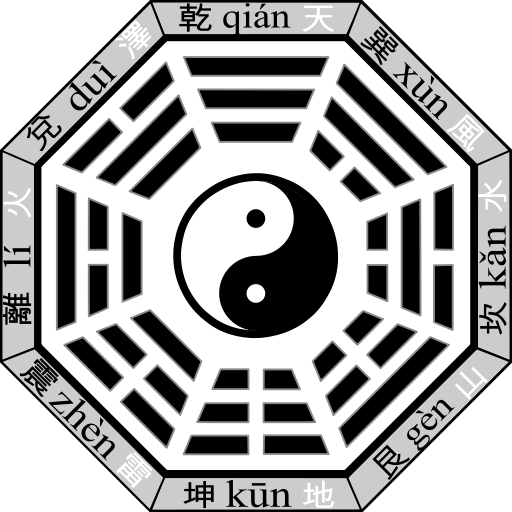
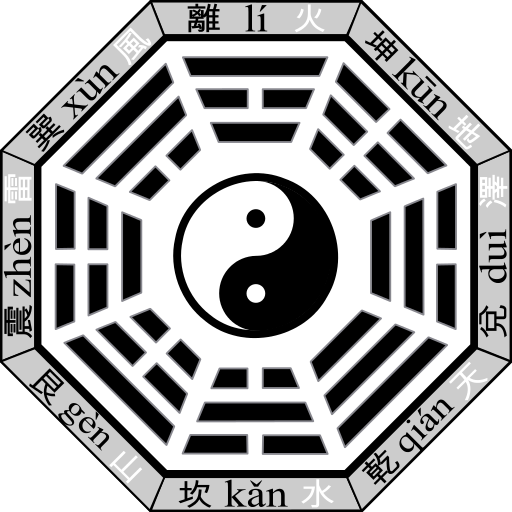
The Yi-Tao Bagua of the Xia, Shang, and Zhou dynasties was termed the "Study of Hou Tian" by Song Dynasty scholars to distinguish it from Fu Xi's "Study of Xian Tian". This differentiation suggests that the Study of Hou Tian belongs to the practical application domain of Yi-Tao Bagua.
Subsequently, the Study of Xian Tian was perceived as the "Ti" or essence, while the Study of Hou Tian assumed the role of "Yong", meaning use or function. This delineation underlines the intricate interplay between the fundamental nature of Yi-Tao Bagua and its practical implementation, providing us with a fascinating insight into the evolution of this ancient philosophy.

Transcending Time: The Legacy of Yi-Tao Bagua
This rich historical tapestry highlights the dynamic evolution and adaptation of Yi-Tao Bagua, shedding light on its profound impact over several dynasties. This process of adaptation and evolution mirrors the inherent logic and principles of the universe as proposed by the Yi-Tao Bagua model. The journey from "Ti" to "Yong" serves as an allegory for our understanding of the cosmos, from grasping its essential nature to applying this understanding in practical and meaningful ways.
As we delve deeper into the world of Yi-Tao Bagua, we are offered a glimpse of its intrinsic elegance and versatility. The metamorphosis of this philosophy through the ages exemplifies its profound resonance across a broad spectrum of thought, from ancient wisdom to modern-day science.
As we continue to explore the universe through the lens of Yi-Tao Bagua, we may indeed find that this ancient wisdom offers us a unique and valuable perspective on the universe and its inherent logic. In this way, the past may illuminate the future, and our understanding of the cosmos may continue to expand and evolve.
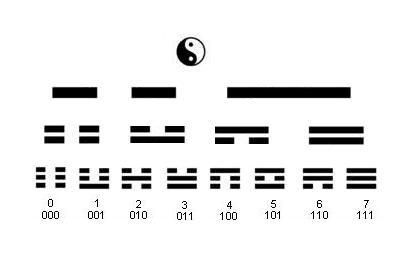
Join Us on Our Journey
We invite you to delve further into the mysteries of the universe with us. The study of the Yi-Tao Bagua is a journey through time, science, philosophy, and spirituality. It's an exploration that can provide profound insights into the cosmos and our personal lives.
If you're captivated by the interplay of ancient wisdom and modern science, join us in uncovering the universe's truths. Subscribe to our daily blog posts, share your thoughts in the comments, and become a part of our growing community of knowledge-seekers.
Remember, every revelation starts with a single step. Take that step with us today by signing up for our newsletter. Together, we'll navigate the cosmic waves of knowledge, guided by the light of the Yi-Tao Bagua.
Subscribe today and take the first step towards your cosmic journey!
